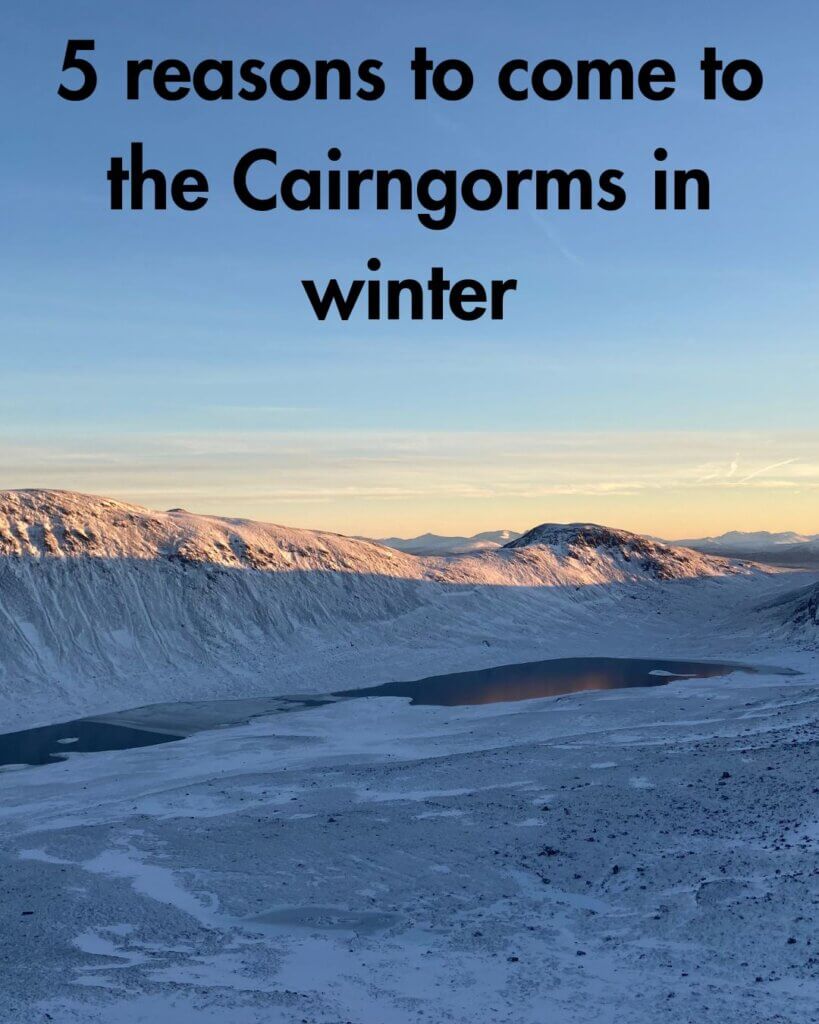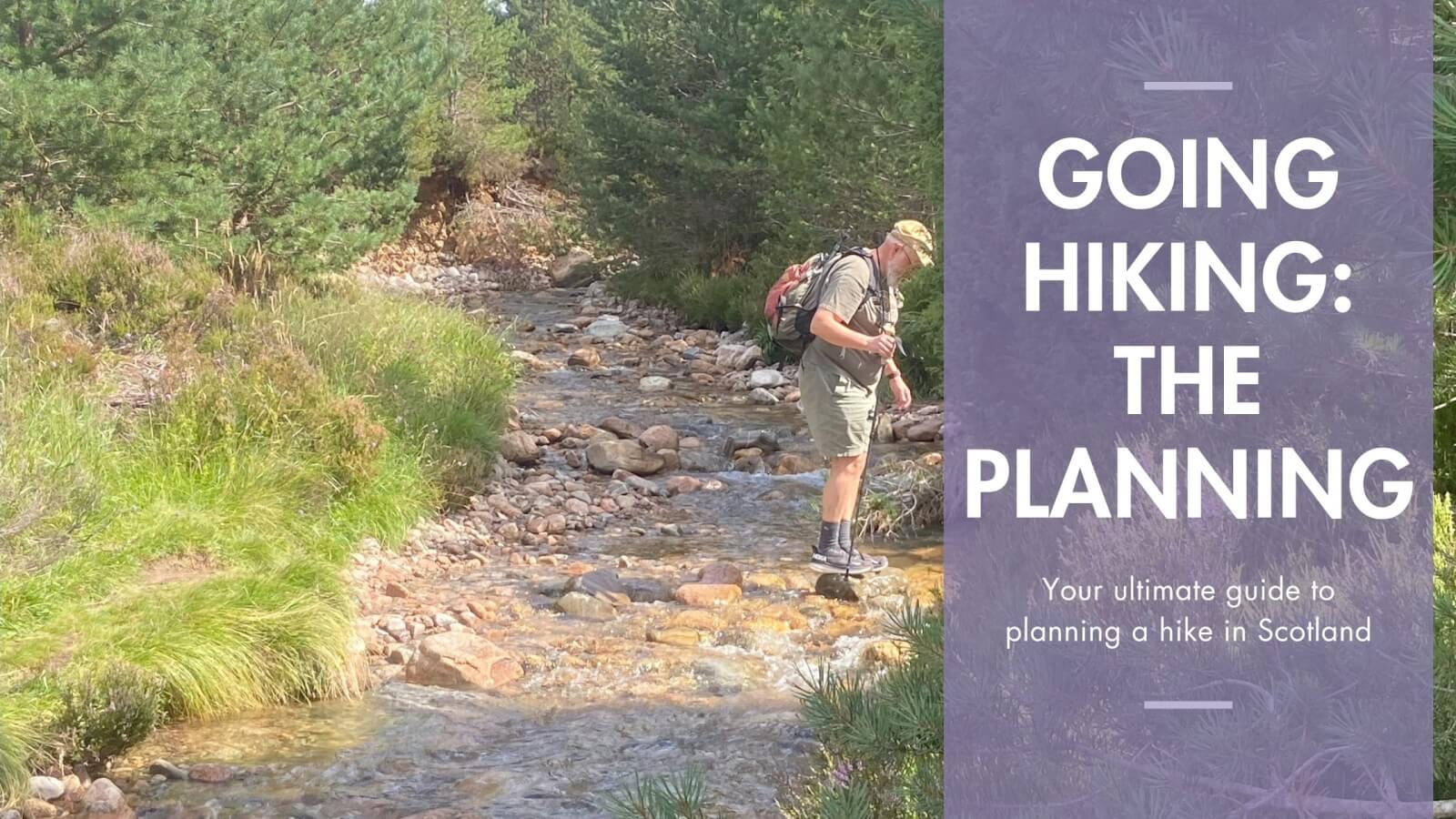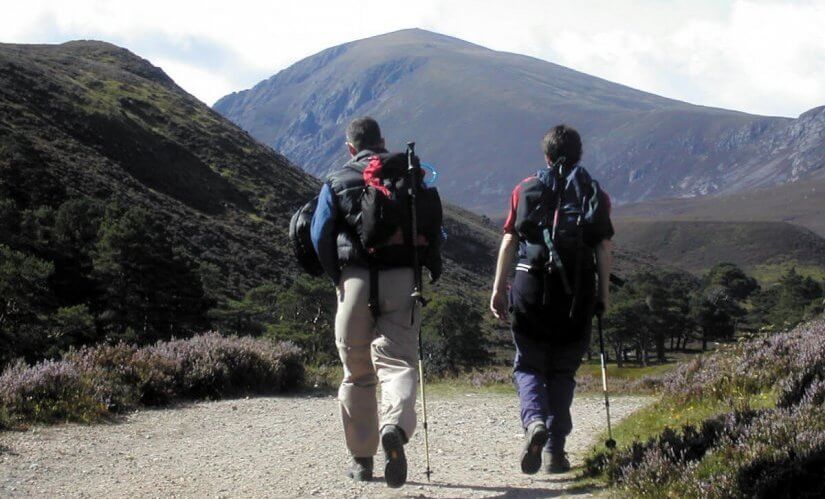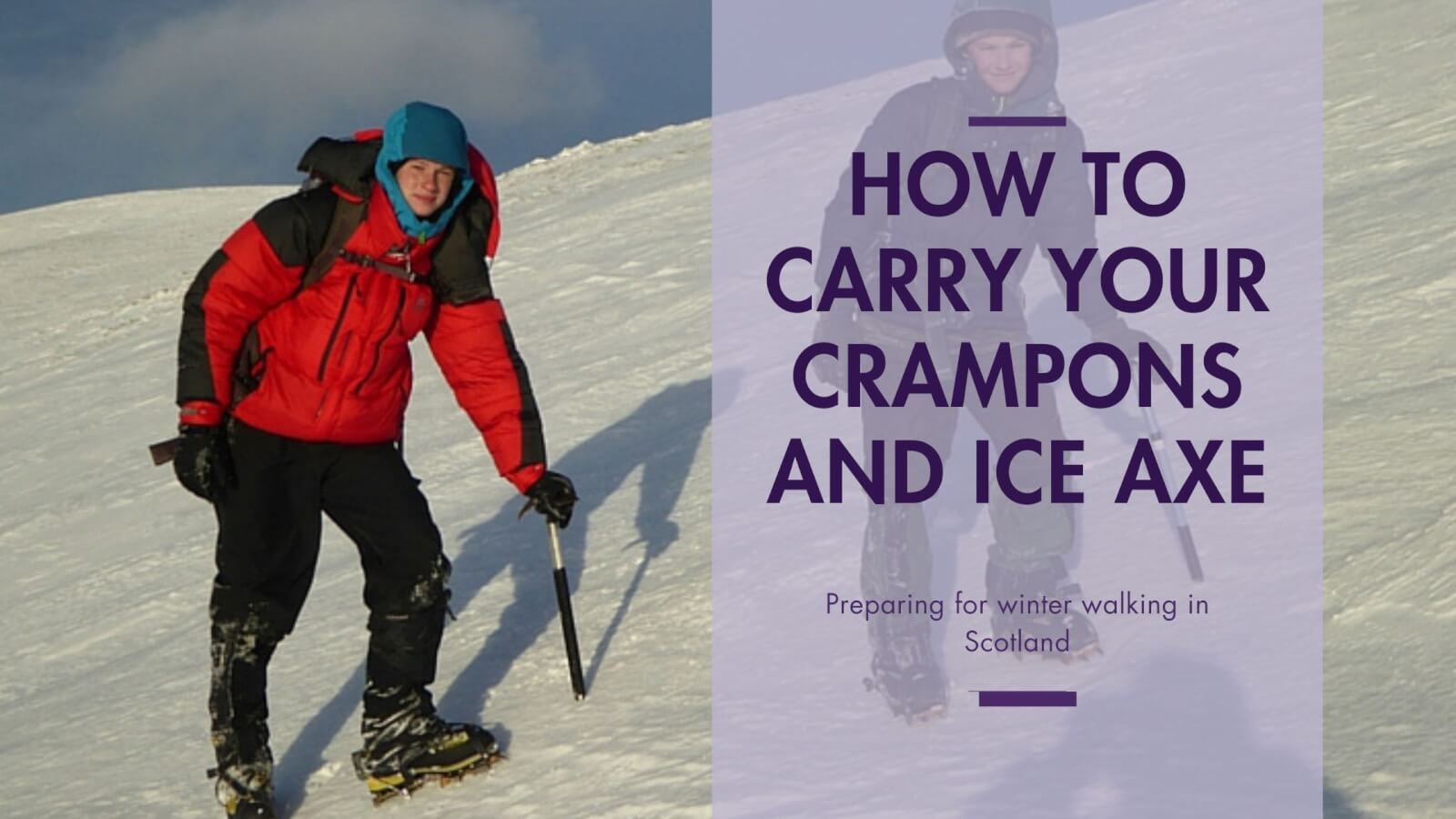Going Hiking: Planning a hike
Planning a Hike in the Scottish Highlands
When you’re an experienced hiker, it can be surprisingly difficult to break down all the small but essential steps you take before heading out on a walk. Much of the process becomes second nature. But if you’re newer to hiking—or if you’re venturing into unfamiliar terrain like the Scottish Highlands—it’s worth taking the time to think through your plans carefully. It’s difficult for a beginner to plan a hike. There are so many factors to consider.
We’ve put together this beginner-friendly guide to help you prepare for a hike in the Highlands, where weather can change in a flash, trails may not be waymarked, and your phone signal can’t always be relied upon. Here’s how to set yourself up for success and safety before you even tie your boots.
Step One: Do a Personal Risk Assessment
Planning a hike doesn’t just mean choosing a trail and packing snacks. Before you go, ask yourself a few crucial questions:
1. Where are you going?
Be specific. Know the name of the route, the start and finish points, the elevation gain, and approximate distance. Don’t just rely on a vague idea or a recommendation from a friend. Look it up on a map, read up-to-date route descriptions, and make sure the walk is suitable for your experience level and fitness.
2. When are you going?
What time of year is it? What time are you setting out? Are you allowing enough daylight hours to complete the hike comfortably—ideally with some margin for delays? In winter, or even spring and autumn in Scotland, night can fall early and fast. Start early, and plan to be off the hill well before dark.
3. How are you getting there?
Is there reliable parking? Public transport? Can you arrange a lift if you’re doing a linear walk? Know your start and end points, and have a backup plan in case of road closures or delays. In rural areas like the Cairngorms, transport can be limited and infrequent.
4. What could go wrong—and how can you minimise the risk?
This is the heart of any good risk assessment. Consider:
-
Weather: Have you checked a reliable mountain weather forecast (e.g. MWIS or Met Office)? Will it be safe to hike in wind, rain, or snow?
-
Navigation: Are you confident with a map and compass? Do you have a paper backup if your phone fails?
-
Fitness and ability: Is everyone in your group prepared for the challenge? Could someone turn back safely if needed?
-
Injury or emergency: Do you know how to call for help? Have you left a route plan with someone?
Step Two: Navigation Tools and Skills
Even for a short walk in the Highlands, navigation is non-negotiable. Waymarking is not common, and many of the best routes are unpathed or cross open moorland.
What you need:
-
OS map (Explorer 1:25,000 or Landranger 1:50,000) of the area
-
Compass – and know how to use it
-
Route notes or guidebook, printed or downloaded in advance
-
A fully charged phone with GPS-based mapping apps like OS Maps or ViewRanger (but don’t rely solely on these)
What you need to know:
-
How to orient your map using a compass
-
How to take a bearing and follow it
-
How to recognise features on the map in the landscape
-
How to relocate yourself if you get disoriented
If you’re not confident in your navigation, consider booking a guided walk or taking a navigation course first. At Scot Mountain Holidays, we offer both, and we’re always happy to help you build skills that will open up more of the Highlands for future adventures.

Map reading in the Cairngorms
Step Three: Weather and Conditions
The Scottish Highlands are notorious for variable weather. It’s entirely possible to experience sunshine, rain, hail, wind, and a rainbow all in the same hour. Wind chill on exposed summits can be biting, even in midsummer.
Tips:
-
Always check mountain-specific forecasts before setting out
-
Dress in layers and carry full waterproofs
-
Bring hat and gloves even in summer
-
Be prepared to change or shorten your route if conditions worsen
-
If there’s snow or ice on the hills, you may need winter equipment and training

Final Thought: Tell Someone Your Plans
Before you leave, always tell someone:
-
Your planned route and expected return time
-
Who’s in your group
-
What to do if you haven’t checked in by a certain time
It might feel overcautious, but this one habit could make all the difference in an emergency.
A Safer, More Enjoyable Highland Experience
Planning your hike thoroughly means more than ticking boxes—it means giving yourself the best chance to fully enjoy Scotland’s spectacular landscapes without unnecessary stress. With good preparation, you can focus on the joy of walking: the rhythm of your steps, the call of a ptarmigan, the endless horizon stretching beyond the glen.
Whether you’re striking out on your own or joining a guided adventure with us here at Scot Mountain Holidays, remember: a little extra planning goes a long way.















